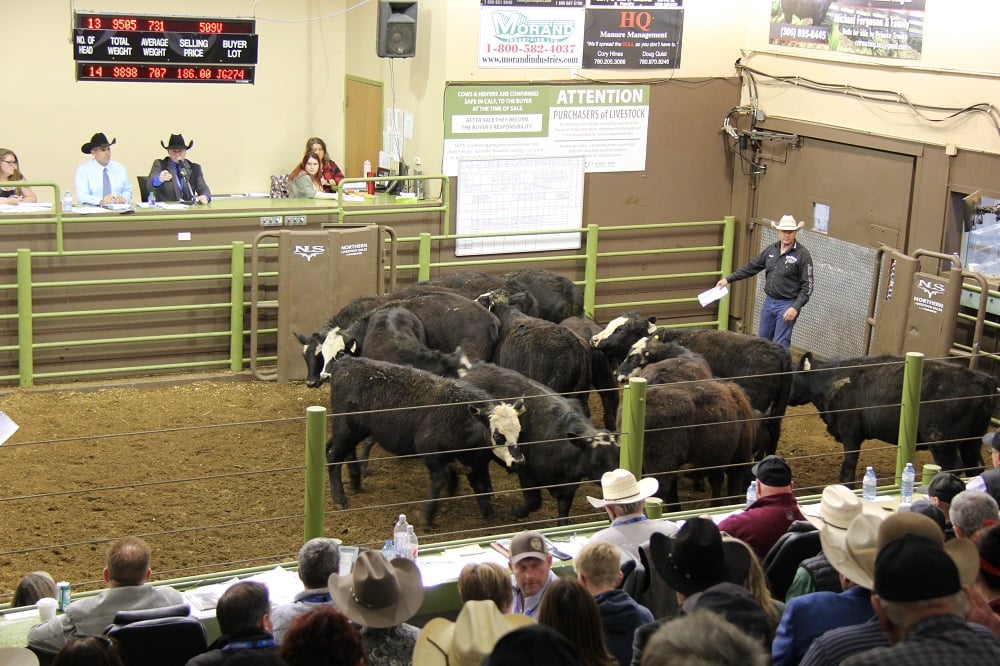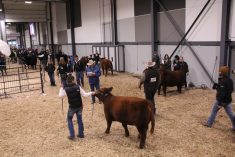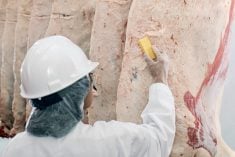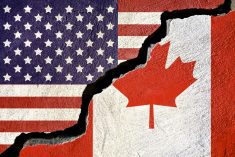As I write this on April 6, the April live cattle futures contract here in the U.S. has closed down its 450-point extended daily limit for the fourth day in a row. The contract closed at US$83.82 per cwt, thus losing 1,800 points in those four days. In contrast, the contract settled on February 21 at US$118.25 per cwt before it and all other contracts lost 20 to 23 per cent from then until March 16. All the contracts have now fallen far below their March 16 lows.
Such is the chaos and volatility that is sweeping livestock commodity futures markets here. An extremely negative equities market means that unprecedented volatility continues to plague the live cattle, feeder cattle and live hog futures markets.
Read Also

Cattle Market Summary
Break-evens, cow and calf prices, plus market summaries courtesy of Canfax and Beef Farmers of Ontario. Cost of Production May…
As if the declines were not enough, what has especially unnerved analysts is the extreme volatility from day to day, week to week. For example, feeder cattle futures saw a US$25 per cwt rally from their lows, then a collapse back to those lows in just two weeks. It seems the markets are powerless to find anything positive to stop them from falling. That is understandable, because the U.S. and global death tolls from the virus continue to soar and it is clear that an economic recession might already have started.
The onset of recession already has livestock analysts and economists talking about “demand destruction” for beef in the coming months in the U.S. Everyone realizes why that might occur, as beef is by far the highest-priced protein. Retail beef sales (there are hardly any anywhere else) will suffer long before pork and chicken sales as these two proteins are much cheaper.
The 2008-09 recession saw beef sales suffer as many Americans bought more ground beef instead of higher-priced steak cuts. The same will occur from now on, especially as the unemployment rate continues to soar. Ten million Americans applied for unemployment benefits in just two weeks at the end of March, the largest number in such a short time in U.S. history. Federal government benefits announced in a US$2 trillion rescue package might help jobless people pay their rent. But they won’t be spending a penny of it on beef.
The timing of all this could not be worse. The grilling season in the U.S. is about to start. In past years, it has marked the best two months of the year for retail beef demand. But analysts are already warning that retailers might feature beef less aggressively than in past years. This is because they will get more store traffic than normal because of the collapse in restaurant sales. So why lower their beef prices?
Another question surrounds how much beef Americans will grill versus prior years. Social distancing means Americans will not be able to gather at barbecue parties as in previous years. I know of people who say they always buy more beef for grilling than just for themselves because they invite friends over to enjoy a grilled steak. This suggests that on a per person basis, there could be a cutback in how much beef is grilled. Consumers might even switch to grilling more hot dogs and sausages, which they do anyway on other major holidays.
There are also concerns that packers will reduce their slaughter levels because of workers’ health concerns over the virus. Should plants be forced to take drastic measures, weekly production could plummet. This would have an enormous impact on live cattle marketings, on the beef supply and on live cattle and retail beef prices. Demand destruction might begin sooner than expected.
















